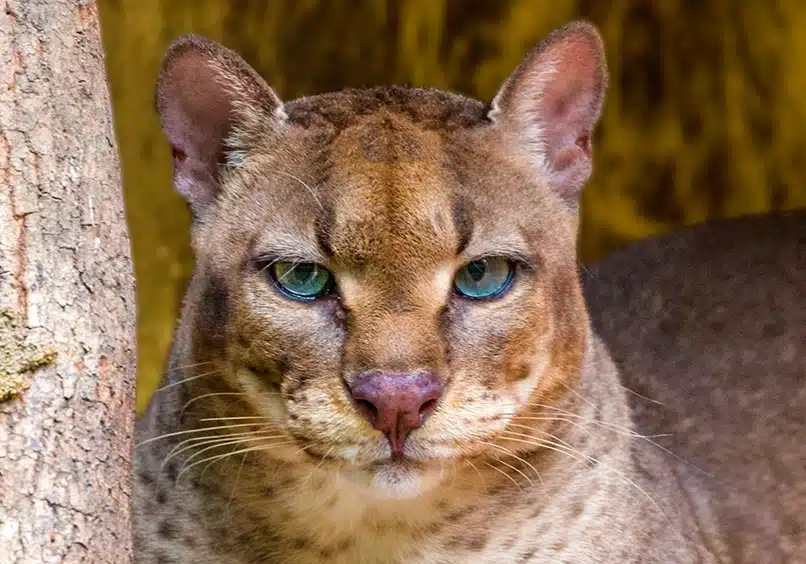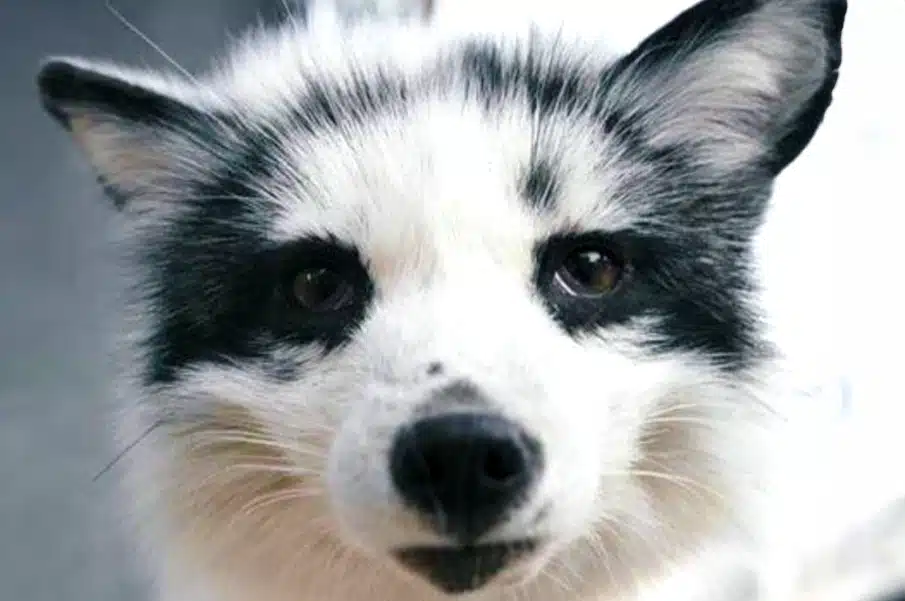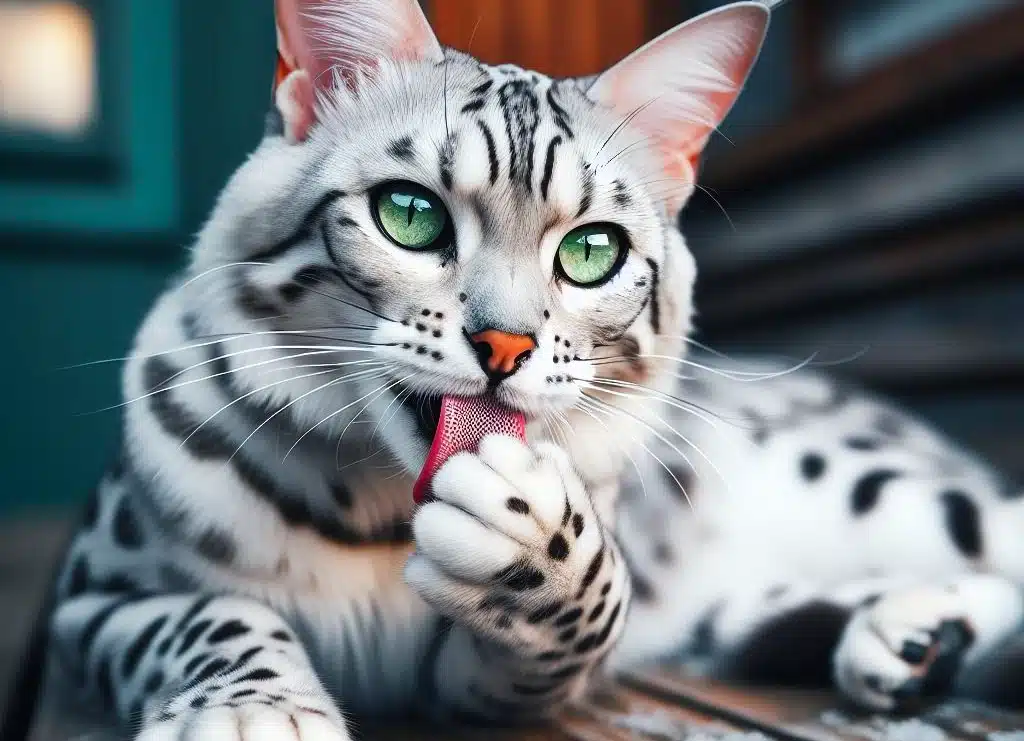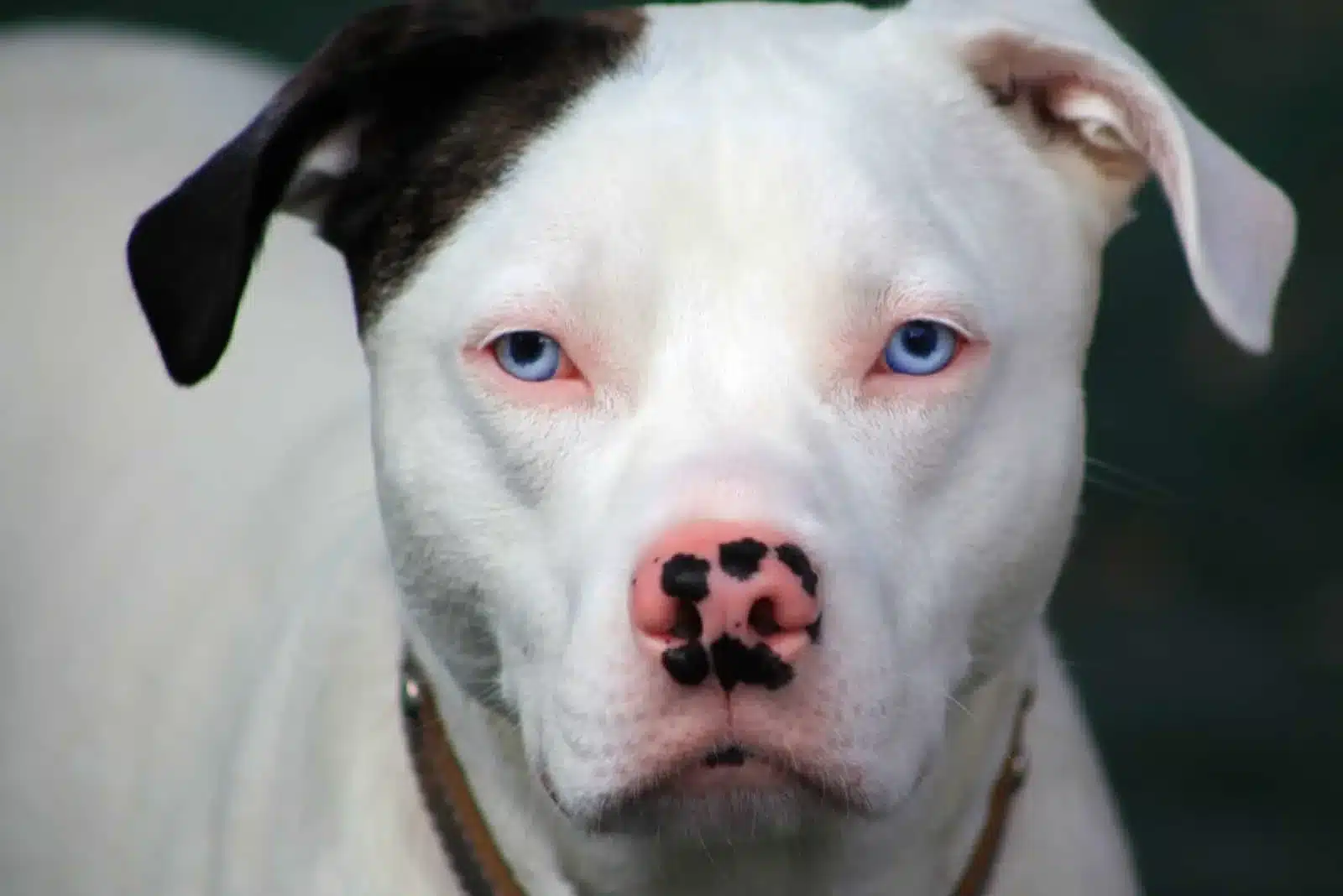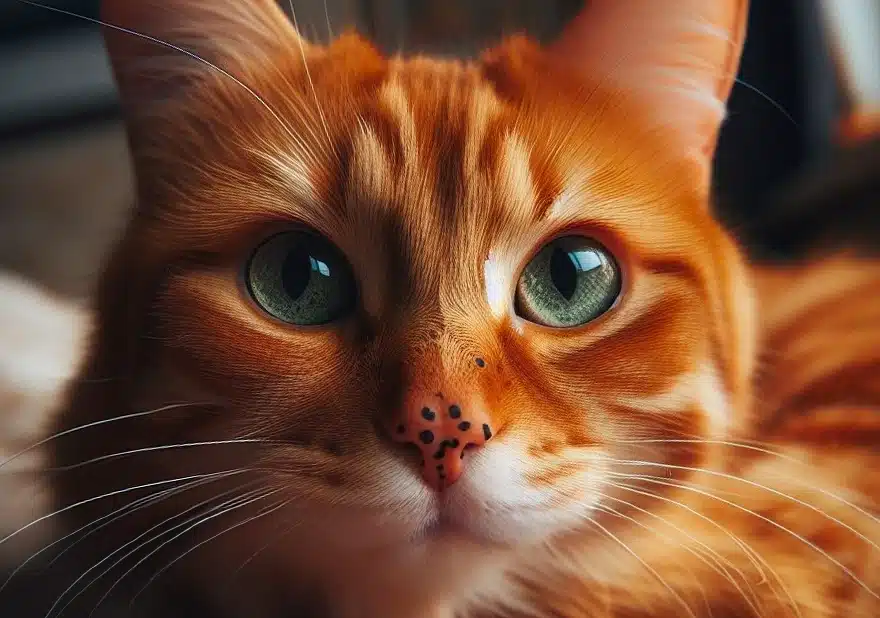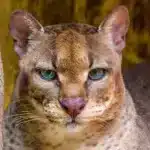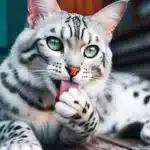Piebald Animals: When Genetic Mutations Cause Unique Coloration
Ads Disclosure ?

Piebald animals display a distinctive coat pattern characterized by unpigmented spots, usually white, against a pigmented background. This pattern appears not just in domestic animals like cats and dogs but also in a variety of wildlife, including deer and horses. The term ‘piebaldism’ refers specifically to this genetic variation, where sections of skin lack pigment due to the cells responsible for coloration, called melanocytes, being absent from those areas.
The genetic underpinnings of piebaldism involve mutations affecting pigmentation. It is typically the result of a genetic mutation, which can be inherited as a recessive gene. While it is a rare occurrence in many species, this fascinating genetic trait is part of the natural biodiversity and provides a unique appearance due to the contrast of colored spots and white areas.
These variances in pigmentation can range from a minor patch to substantial parts of the body. Notably, the skin under the white patches also lacks pigmentation. Understanding the science behind piebald patterns not only fascinates those interested in genetics but also those who appreciate the diversity of animal appearances it creates.
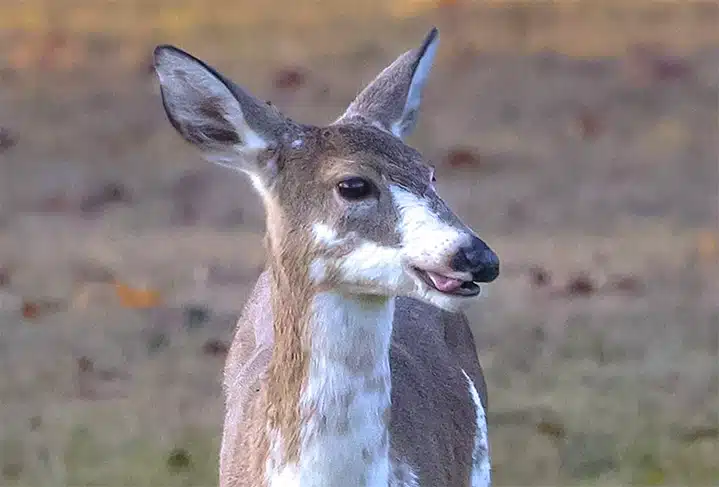
Jump To Section
- Piebaldism is a Genetic Mutation
- Differences Between Piebaldism and Leucism or Albinism
- Piebaldism in Dogs
- Piebaldism in Cats
- Piebaldism in other Pets and Domestic Animals
- Piebaldism in Wild Animals
- Impact on Health
- Symbolism and Cultural Significance
- Conservation, Predation, and Hunting
- Frequently Asked Questions
Piebaldism is a Genetic Mutation
Inheritance Patterns
Piebald patterns are not random occurrences but rather the result of specific hereditary information passed down through genes. Predominantly, piebaldism follows an autosomal dominant pattern of inheritance, meaning only one copy of the mutated gene is necessary for the trait to be expressed. This dominant trait contrasts with recessive conditions that require two copies of the mutated gene to manifest the phenotype.
Associated Genes
The major gene associated with piebaldism is the KIT gene, which plays a crucial role in the development and function of melanocytes. Mutations on this gene disrupt the normal migration and survival of these pigment-producing cells, leading to the observable patches of unpigmented areas on an organism.
This genetic interruption is distinct from albinism, where there is an absence of melanin production throughout the entirety of an organism’s body, and from melanism, which involves an overproduction of pigment.

Differences Between Piebaldism and Leucism or Albinism
In piebald animals, the white patches lack symmetry and can be present anywhere on the body, contrasting against the animal’s darker base coat color. This is different from leucism, another condition that results in reduced pigmentation but often presents more uniformly across the body.
Albinism, in contrast, affects the entire body, including the irises of the eyes, which can appear pink or red. On the other hand, piebald animals typically have normal eye color.
Piebaldism in Dogs
In dogs, the piebald gene causes white patterns to overlay the animal’s base coat color. This gene is different from other white-causing genes in canines, and can be observed in piebald dog breeds like the Dalmatian and the English Setter, and more rarely in other breeds that aren’t usually piebald. Typically, piebald white patterns consist of spots and patches that are a clear indication of the piebald trait.
Piebald Dachshund (“Dapple Dachshund”)
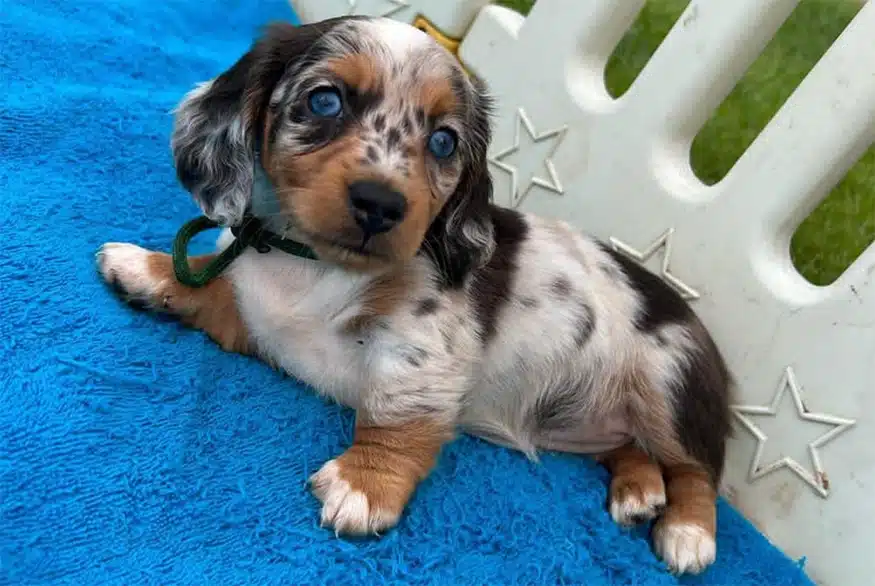
Piebaldism in Cats
Similarly, some cat breeds also exhibit the piebald pattern, like the American Shorthair and the Turkish Van. Piebald cats are characterized by the presence of the white spotting piebald gene, which creates a bicolor pattern with varying amounts of white fur, ranging from a small amount on the chest and paws to nearly complete coverage, often leaving the cat’s “regular color” on the head, tail, and sometimes the body.
Cats that have a predominantly white base coat with a pattern of large (often black) patches of color that cover more than half of their body, are also called Harlequin Cats.
The term “magpie” (as in, Magpie Cats) refers to cats with a black and white coat resembling the bird of the same name. “Magpie” is not a recognized term in feline genetics, however, and terms like “tuxedo” or “bicolor” are more commonly used in reference to black and white cats.

Piebaldism in other Pets and Domestic Animals
Among other domestic animals, it’s not unusual to see piebald patterns. Cattle such as Holstein and Simmental breeds often display this trait in their coats. Ferrets, domestic goats, goldfish, guinea pigs, hamsters, and rabbits may also exhibit piebaldism, showing varied white markings amid their natural coloring.
Piebald Horses
In horses, several coat patterns like tobiano, sabino, pinto, and paint are often distinguished by genetic variations, some of which are closely related to the mechanisms that cause piebaldism. The precise expression of these coat patterns can vary, with the influence of additional genetic factors contributing to this diversity. Piebaldism also includes varieties such as skewbald and Landseer, primarily referred to in the context of equine coat color. Skewbald animals feature white and non-black colors, while the term “Landseer” is specific to a black and white version (especially amongst dogs).
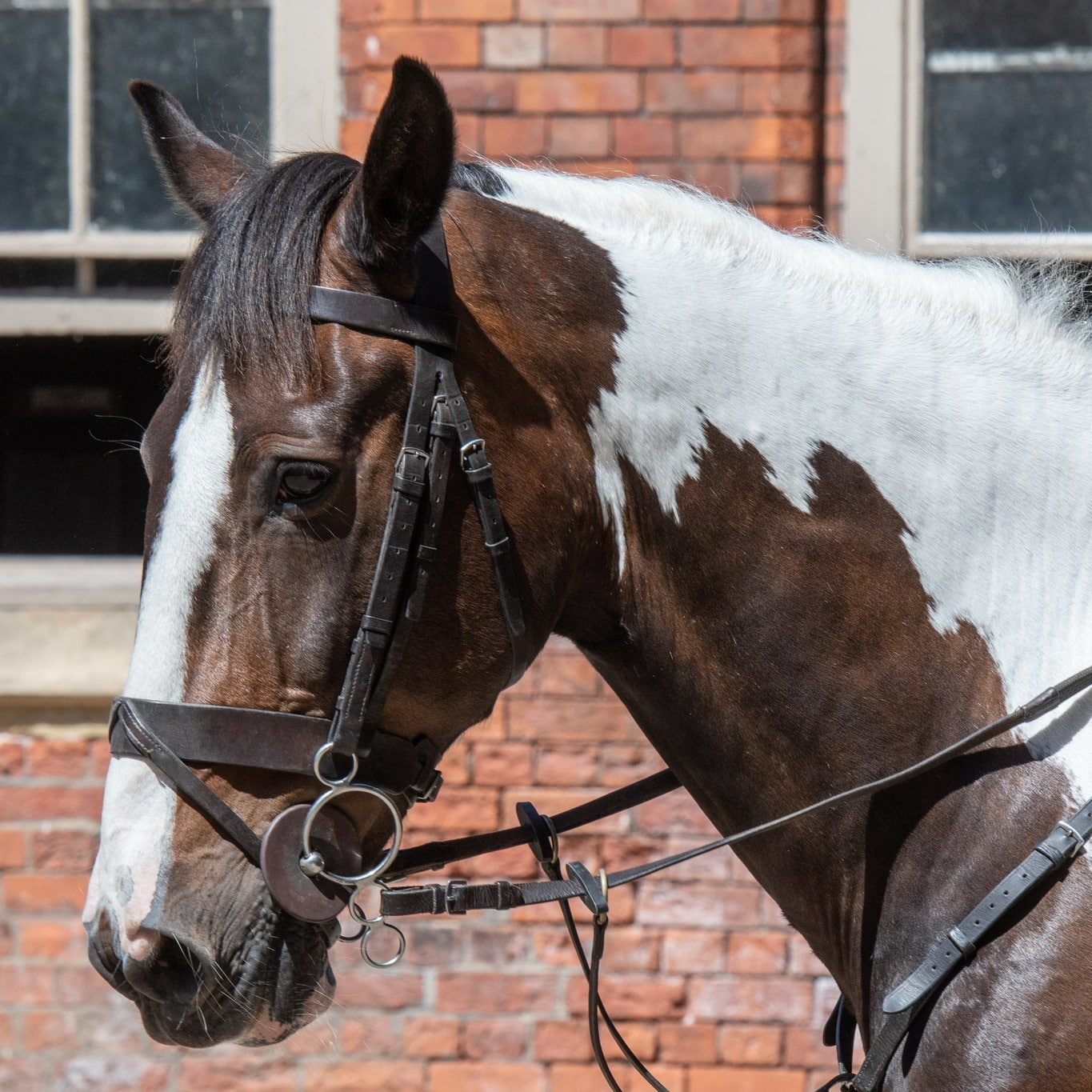
Piebaldism in Wild Animals
Piebald patterns are not confined to domestic animals but also occur in wildlife, as well. Piebald deer are a well-known example, showcasing white spots and patches across their bodies that contrast with the typical brown coat. This condition is different from albinism and melanism, which result in, respectively, completely white or black individuals.
In the avian world, certain birds like the Eurasian magpie possess piebald-like appearance naturally. These color variations, though less common, can appear in species of snakes and even cetaceans, showcasing the broad spectrum of piebaldism in the animal kingdom.
Moose

Fox
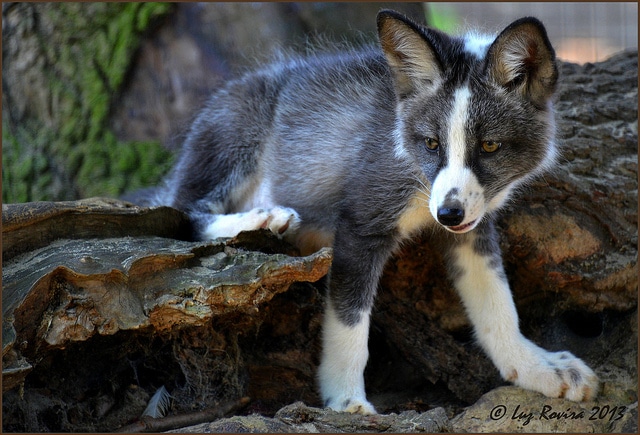
Commerson’s Dolphin
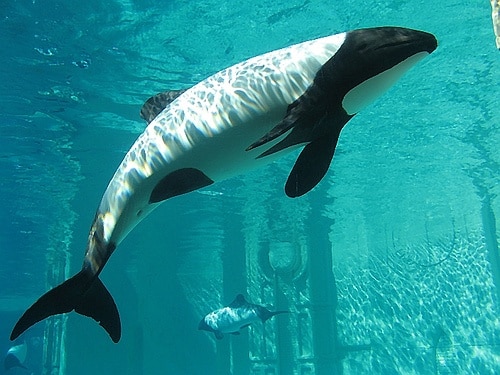
Deer
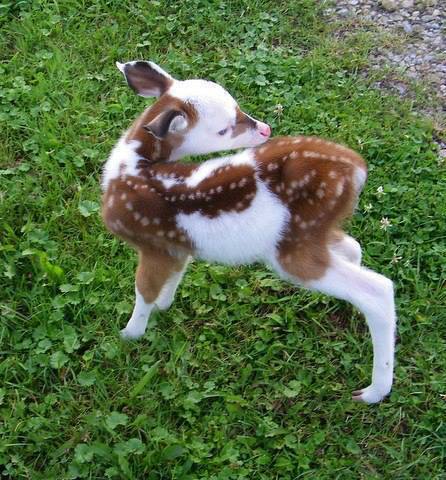
Squirrel
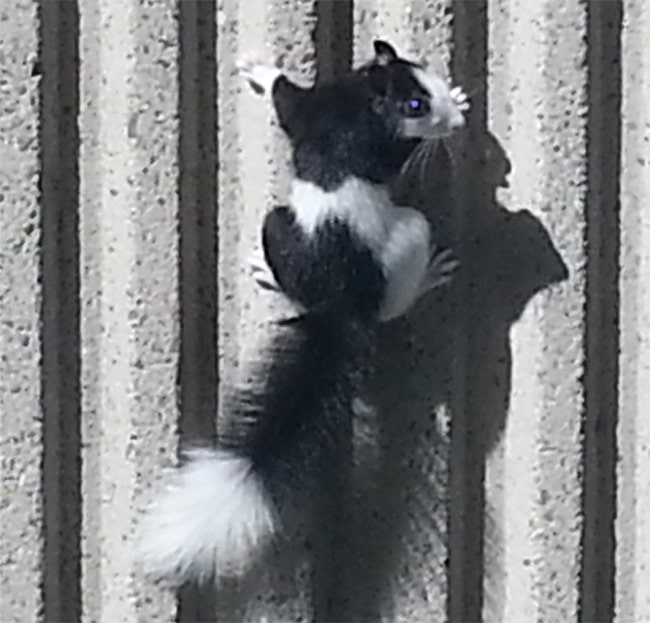
Ball Python
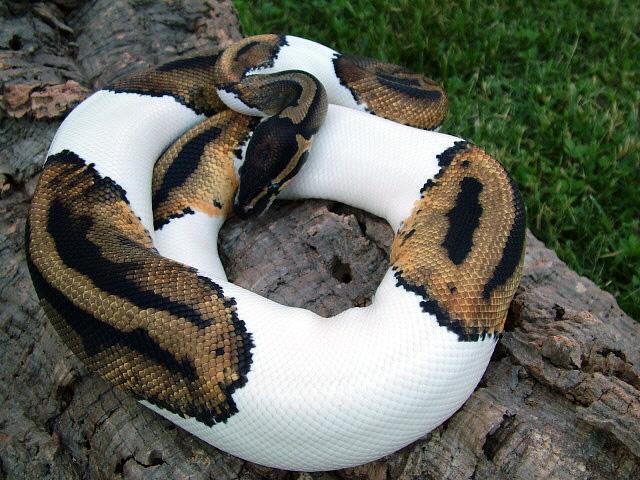
Male Peacock
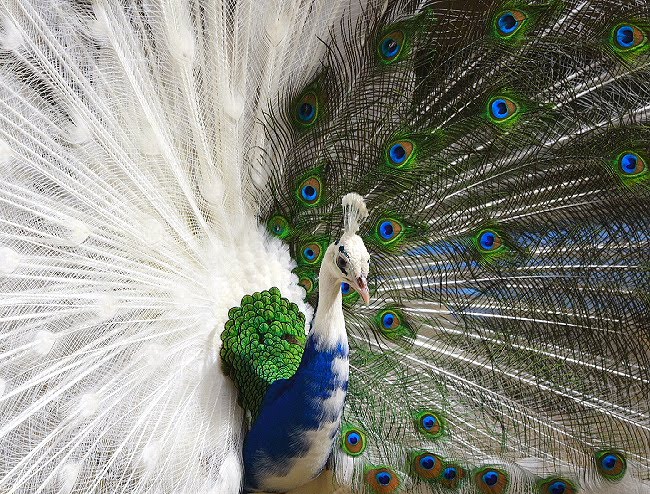
Raven
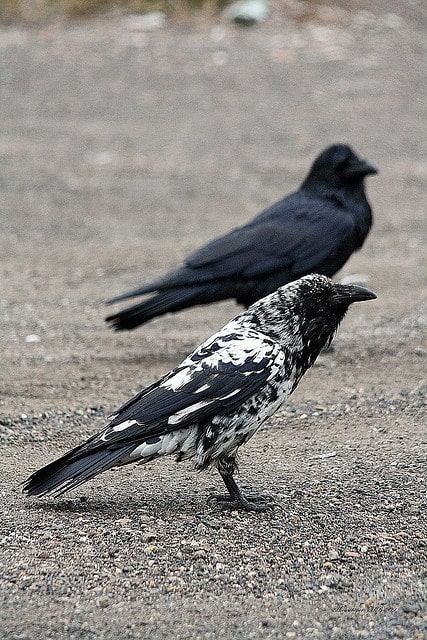
Piebald Axolotl

Catfish
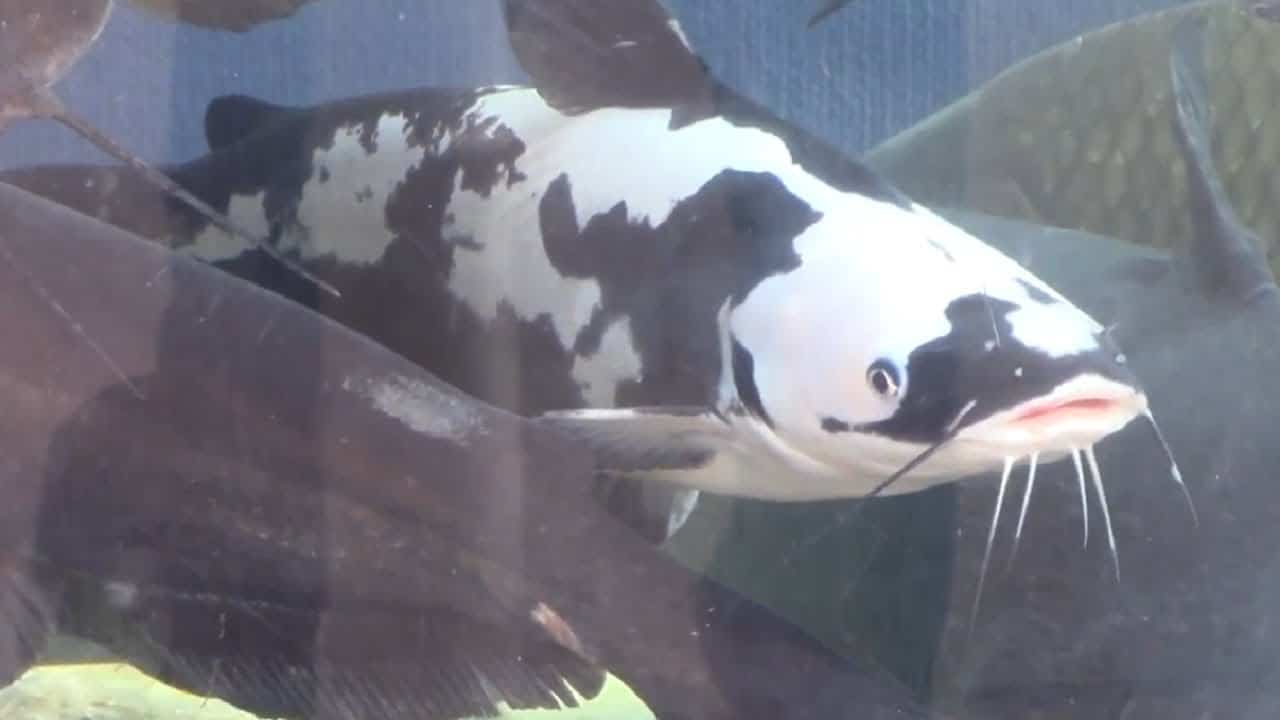
Chameleon

Black Bear
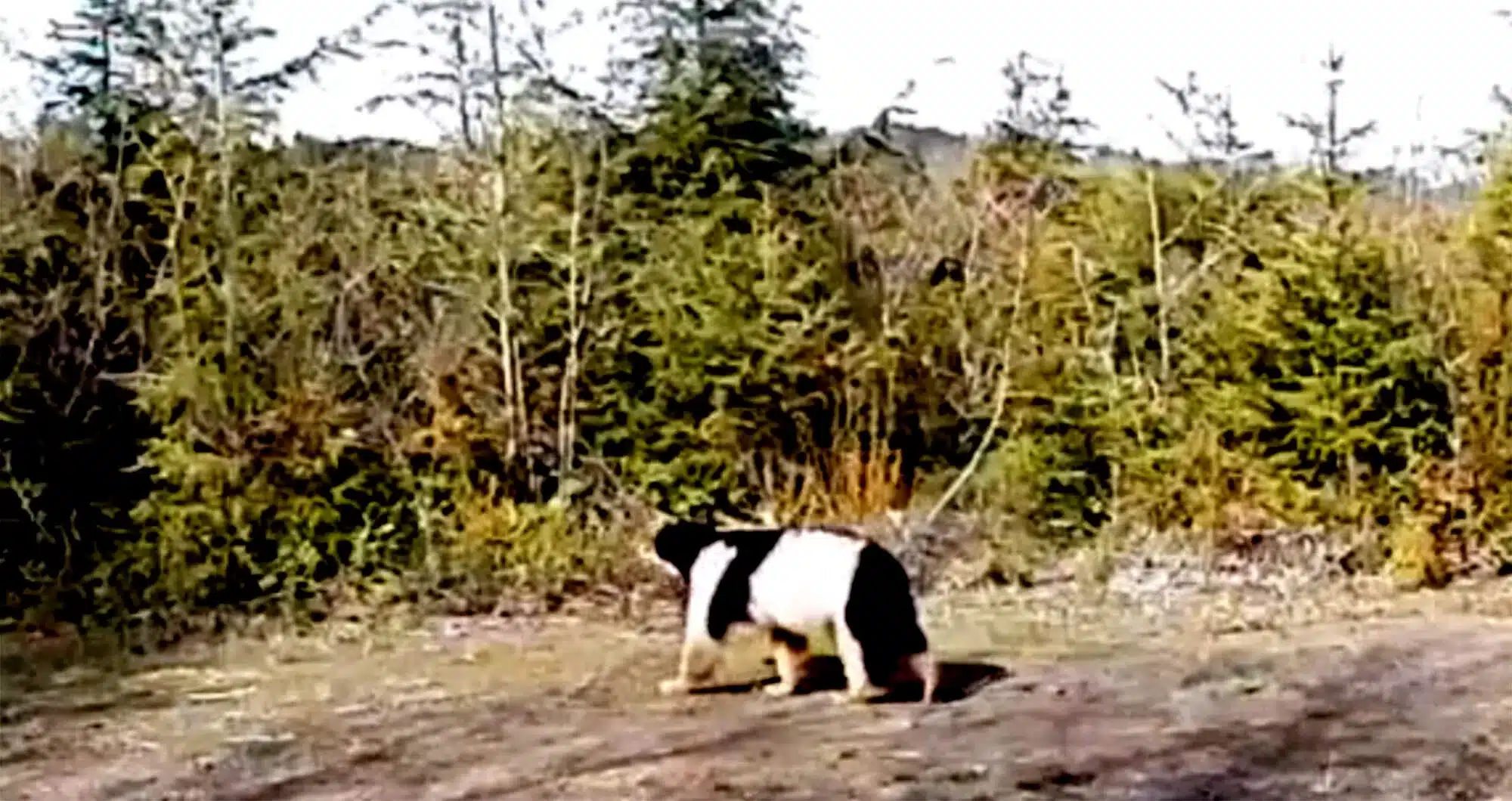
Impact on Health
The genetic variations that cause piebaldism can sometimes be linked to other health concerns, known as neurocristopathies, due to the affected developmental pathways of neural crest cells. For instance, deafness is a known issue closely associated with a lack of pigment cells in the inner ear. Similarly, animals with a piebald pattern may display shortened jaws or bowing of the nose.
Other congenital issues sometimes observed in piebald animals are internal organ deformities, short legs, and skull shape anomalies, including microphthalmia, a condition where one or both eyes are abnormally small. Moreover, these animals can be prone to conditions like Ondine’s curse, which impacts automatic control of breathing.
While not every piebald animal will experience these health issues, it is essential for caretakers to be vigilant and proactive with their health care.
Symbolism and Cultural Significance
In various cultures around the globe, piebald animals have significant symbolism and have held a revered, sometimes sacred, status. Their unique appearance often leads to associations with the spiritual world or as omens within cultural mythologies.
In medieval English heraldry, a piebald (or pied) animal frequently appeared on shields and crests, symbolizing distinctiveness and rarity. Native American cultures have revered piebald animals, viewing them as sacred beings and sometimes associating them with folkdance and celebration
Even today, a piebald white-tailed deer may still be seen as a sign of good luck and prosperity by Native American cultures, echoing sentiments from their mythological past.
Conservation, Predation, and Hunting
Piebald animals, often striking for their patchy white and natural coloration due to a recessive gene, face challenges in both natural and human-influenced environments.
Environmental Impact
Piebaldism can affect an animal’s camouflage and thus its susceptibility to predators. Predators play a crucial role in the natural selection process, often targeting piebald individuals who may be more visible in their habitats.
For example, the white-tailed deer is a keystone species in its ecosystem in North America, and its population dynamics are influential in maintaining the natural balance:
- Predation: Natural predators help regulate the whitetail population, potentially limiting the spread of the piebald trait.
- Conservation: The rarity of the piebald trait suggests that these individuals contribute minimally to the genetic diversity necessary for a robust white-tailed deer gene pool.
Human Impact
Human directly affect the survival and propagation of piebald animals, notably through hunting regulations and conservation programs. Hunters who often pursue deer, for example, might either seek out piebald individuals due to their uniqueness or avoid them because of associated myths and superstitions.
Frequently Asked Questions
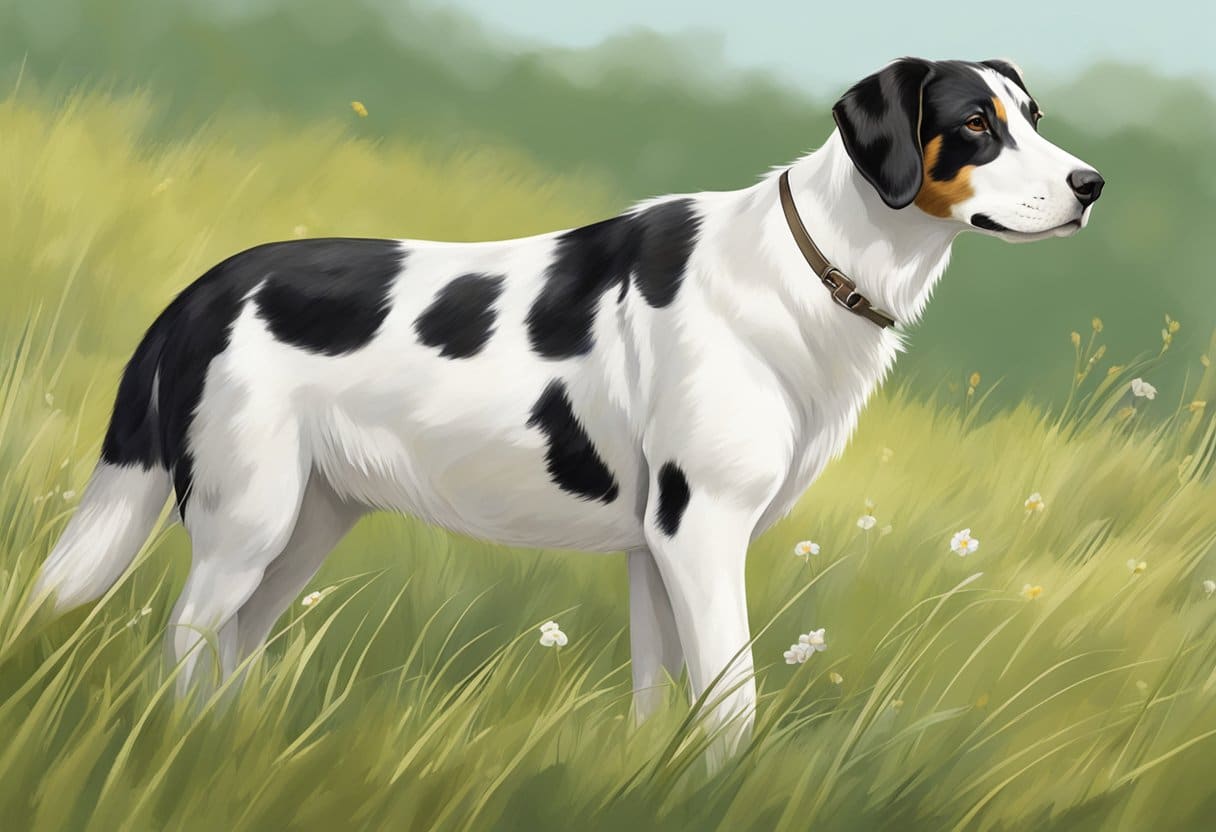
What genetic factors contribute to piebaldism in animals?
Piebaldism is caused by an absence of pigment in certain skin cells, often due to genetic mutations affecting melanocyte cell development. One key gene involved is known as the KIT gene, which impacts pigment distribution.
Are certain species more prone to piebaldism than others?
Yes, certain species exhibit piebaldism more frequently. For example, piebald deer are well-documented, yet they remain rare in the wild. Domesticated species like dogs, cats, and horses can also present this trait more commonly.
Can piebald traits be intentionally bred in domesticated animals, and if so, how?
Selective breeding can increase the occurrence of piebald traits in domesticated animals. This is achieved by breeding individuals that carry genes responsible for piebald patterns, though the outcomes can be unpredictable.
How can one distinguish between piebaldism and albinism in animals?
Albinism results in a complete lack of pigment throughout the body, whereas piebaldism involves patches of unpigmented skin or fur. An animal with albinism will have pink eyes, while a piebald animal typically has normally pigmented eyes.
Piebaldism vs vitiligo – what are the differences?
Vitiligo is a condition where pigment is lost from areas of skin over time, leading to a patchy appearance. Piebaldism, on the other hand, is present from birth and does not progress with age.
Can humans have piebaldism?
Humans can exhibit a form of piebaldism, which is medically referred to as Waardenburg syndrome. This condition can result in varying degrees of pigment loss, often noticeable in hair color, and can also affect hearing.

